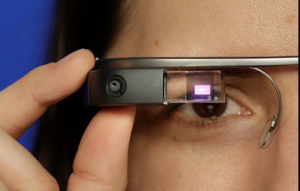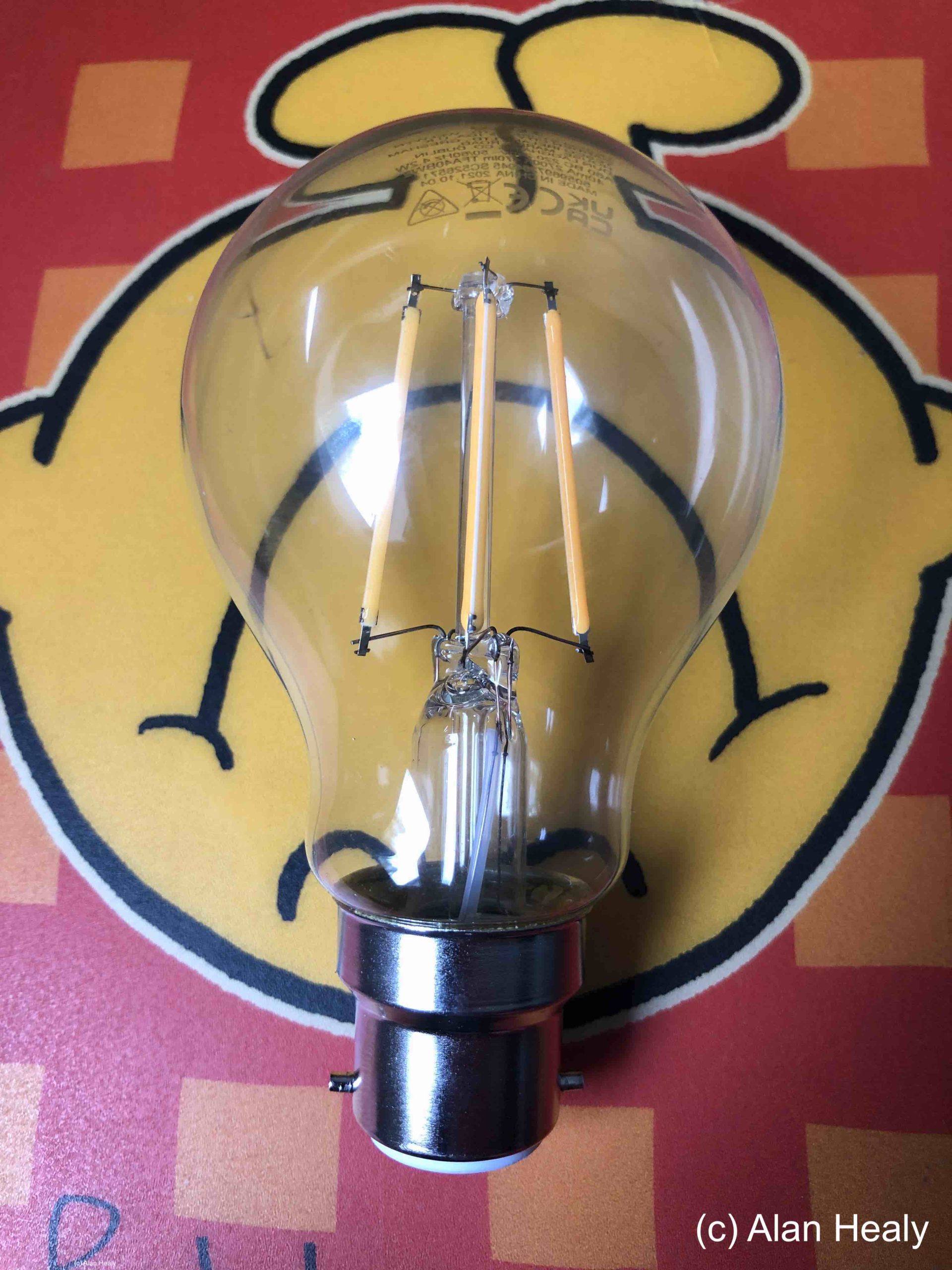“There are no bad ideas… only great ideas that go horribly wrong.”
— Jack Donaghy (30 Rock)
Lots of people think they want to start a business, but can’t get going. Is that you? If so, one or more of these factors might be holding you back:
- Finding the right idea
- Funding (for the business or for yourself)
- Procrastination, or
- Fear
This blog focuses on finding the right the idea. The other factors are (or will be) covered in other blogs.
The first thing to say is that Jack Donaghy is wrong. There are bad ideas!
There was the cereal-only restaurant (it didn’t last long). Or the Bluetooth device you surgical implanted in your ear and recharged by putting a needle in your ear at night (it was called Ionic Ear and failed to get investment from SharkTank). This list could go on forever.
At the other end of the spectrum, it’s important not to let the perfect be the enemy of the good. Too many wanna-be entrepreneurs stay shut in an office trying to come up with the perfect idea when they could make a good idea great by getting started and “executing great”. I know someone who set up a courier service and made a fortune, despite the existence of DHL, FedEx, UPS and others.
What’s the Problem?
The key to a good idea is identifying a problem that’s unavoidable for some people and needs solving. It’s easy to get enamoured with a “solution” or a product you’ve devised without really thinking through the significance of the problem it’s solving or how the problem could be minimized with other solutions. We’ve all seen products like toasters that can wake you up in the morning and play music, but make awful toast! Or there’s the story of NASA spending millions to produce an ink pen that could work in zero gravity, whereas the Russians just used a pencil!
Once you’ve identified a real problem and believe you have a solution for it, then what sets good ideas apart is strong research and, ideally, an unfair advantage.
Please Criticise Me!
Research involves testing your idea. The more independent evidence you can gather, the better – not only so you can ensure you’re not wasting your time, but also because this will help when it comes to raising funds or getting other people to lend support.
The biggest danger here is seeking out answers you want to hear. The secret is to welcome criticism because it will help you to adapt and improve your idea. At Exergyn, I enshrined “We’re happy to be proved wrong” as one of our Values, and had it printed and mounted on a wall that everyone walked towards multiple times a day.
At the same time, don’t treat anyone who shares a criticism as the ultimate wisdom. If one person says they don’t like the whiskey marmalade you’ve developed, that might be because they’ve never been a big marmalade person or they don’t like mixed flavours. As the saying goes, opinions are like assholes – everyone has one. But if a few people say the same thing, then maybe you should reconsider the recipe.
Fail Fast
Fail fast is a mantra to live by. If your business is not going to work out, you’d rather find out after two weeks, having spent €500, than after two years of your life has gone into the venture, together with lots of money and a potential dent to your reputation. So in the early stages, all your research should be geared towards trying to find reasons for not running with your idea. Questions to answer include:
- What third party evidence is there that the problem is a real one for people? How avoidable is the problem? Is your product a necessity or a nice-to-have? (This blog applies equally to services as it does to products, but to avoid repetition, I’ll generally refer to products.)
- The potential market
- How big is it?
- What are its characteristics? For example, will the buyers be businesses or ordinary people? Will your product be a high-end low-volume one or a low-cost, high quantity one?
- What price will people pay for your product?
- Competitors & substitutes – who is providing a solution now and how will that look in the future? How will your product stand apart?
- How will you produce your product? How much will it cost to produce? What’s the expected margin between the selling price and the cost of producing it? Higher margins are more attractive obviously!
- Do you have the experience necessary to launch and run this business? What skills and people do you need to add to the business?
- How will you be able to protect your business from future competition?
There are tools like the Business Model Canvass or the Lean Canvass that can help you strategise and interrogate your idea.
Last thing to say about research: it’s not easy. We have our own unconscious biases, people don’t always answer truthfully, and it can be hard to work out how to ask the right questions in the right way. Coca-Cola, for example, replaced original Coke with New Coke in 1985 on the back of consumer taste tests that showed people preferred a sweeter formula. The problem with the taste tests, it was later realised, was that they involved small amounts. When it came to one or two mouthfuls, people preferred Coke to be sweeter. But when it came to drinking a whole can, the old formula was much better. New Coke was eventually abandoned.
So Unfair
That last question in the bulleted list above takes me to unfair advantage. This has been likened by some to having a moat around your business to make it harder to attack. Patents or licences are good protections from competition. Pharma companies such as Pfizer or product design companies such as Dyson put a big portion of their budget into patents. At Exergyn we’ve filed over a hundred patents, and that’s before making any sales!
Usually in software or in service businesses, patents are not a viable option.
In some cases there are first-mover advantages – Amazon would be an example.
With certain service businesses, say for a lawyer looking to leave a big firm and set up on her own, their competitive advantage might be their reputation and their network of clients.
Whatever the circumstances, you need to work out how your efforts are not just going to alert other people to a market that they can expand into. But if you think you can build a reasonable business that a multinational would buy, then you may be on to something even if world domination on your own is unlikely!
Do Stop Thinking

Do you remember Google Glass? The idea was that you could wear it outside in the real world and access the internet as you continued interacting “normally” with the world.
Now take a moment to consider this question… How long do you think it took to produce the first prototype of Google Glass? And how much money do you think that cost?
6 months? 3 months? $5 million? $20 million?
The answer is took less than half a day and cost about $10 additional to the salary cost of the researchers.
They got a metal coat-hanger and bent it so it attached to the tester’s head and held a sheet of paper in front of the tester’s face onto which images from a laptop were projected. Then they tied string between the tester’s hand and a mouse so they could simulate him controlling the laptop’s curser as he waved his hand.
It was crude, but allowed them to discover that holding your hands above the level of your heart for anything over a minute is exhausting, so the scrolling function should not be designed to mimic the way Tom Cruise scrolls through images in Minority Report. They learned by doing, and learned many things quickly and inexpensively. This is a key lesson for all startups. Having discussions and doing desk research can only teach you so much. There’s no substitute for doing.
Even when it comes to offering a service, instead of debating how best to give the service, engage in role play and put someone in the role of client and ask them to act like they’re someone you’re offering the service to. Your challenge is to replicate as much of the experience of your product as you can – as quickly and as inexpensively as possible – in order to get real-world feedback on it.
Tom Chi led Google Glass’s design team and it’s worth checking out his video on rapid prototyping.
Perfectly Good
While it’s important not to make the leap with a terrible idea, I’d implore you once again not to make the perfect the enemy of the good. This is keeping with the theme of doing versus thinking. The courier business I mentioned above wasn’t necessarily a great idea. It became a great business through fantastic execution. The same can be said of a lot of service businesses. It’s hard to come up with a world-beating concept for a restaurant, for example. It’s how you execute that will determine your success – quality of food, service, ambience etc.
With some businesses it makes sense to get going and adapt as you get more market feedback. Occasionally this can turn into a pivot. Viagra, for example, started out as heart medication till they realized there was a better market for it!
Software businesses, in particular, lend themselves to adapting on the go. Whereas if you’re in the bridge building business, you can’t do an almost-finished job on the bridge, wait to see if any cars fall off, then finalise it. You should understand where your business is on this spectrum.
Even when you get going and have a successful business, you always need to be listening to your customers and being prepared to adapt to their needs. You don’t want to end up like the companies that produced horse carriages or bowler hats. You’d rather be like U2 or Madonna who, unlike most bands, have kept selling new music across the decades.
Just Do It
In summary, getting started with the idea at the centre of your business is about making sure you’re prepared, not waiting forever, and then doing. Fortune favours the brave!
© Alan Healy


